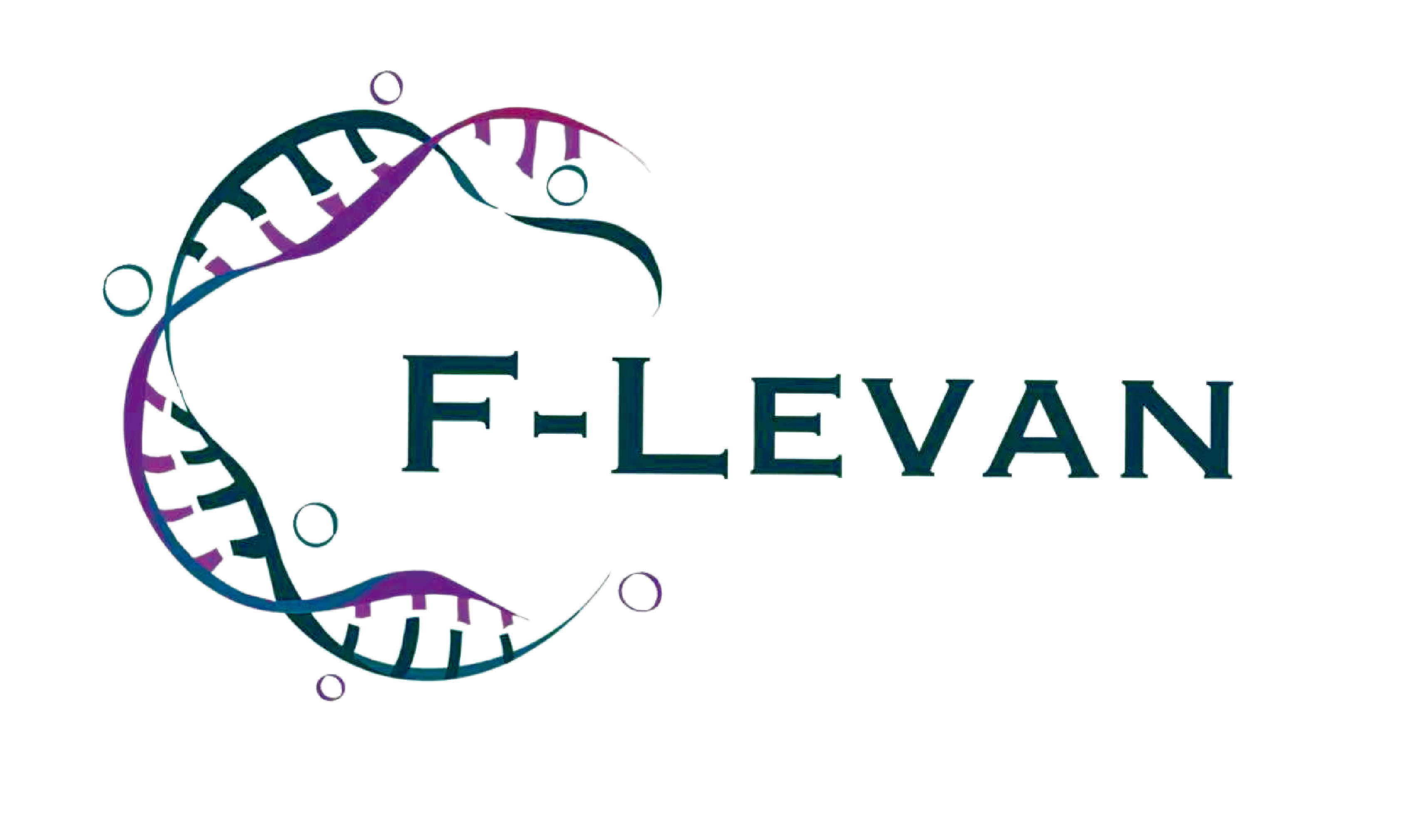
Overview
Our project's goal is to obtain levan through a
biosynthetic pathway and investigate the effects of different promoter sequences on levan expression. In
the experimental design, we constructed an RFP (Red Fluorescent Protein) to identify which system is
more effective based on the expression level of RFP and the final production of levan. Ultimately,
through a large number of experiments, we confirmed the suitable promoter sequences.
|
Target
T
arget 1: Construction of plasmids
1)
Amplification of DNA fragments: PCR of zliES, SacB, RFP, plac, puv5. IPCR of plasmid 1 and
plasmid
2
.
2)
Using enzyme digestion and enzyme ligation to construct our 6
plasmids.
Specifically as follows:
Plasmid 1
:
pUC-zliES
Plasmid 2
:
pUC-zli-SacB
:
C
ompared to
pUC-zliES
, includ
ing
the SacB sequence along with the promoter sequence naturally
present in SacB itself.
Plasmid 3
:
pUC-zli-SacB-RFP
:RFP was constructed into
pUC-zli-SacB
, however, this plasmid cannot express RFP as it lacks the
corresponding promoter sequence.
Plasmid 4
:
pUC-zli-SacB-PRFPT
: This part added a promoter to RFP, allowing RFP to express.
Plasmid 5
:
pUC-zli-plac-SacB-PRFPT
:
Plasmid 5, as compared to Plasmid 4, replaced the promoter
sequence
naturally carried by SacB with plac (a different promoter sequence), in the hope of
achieving improved expression of SacB.
Plasmid 6
:
pUC-zli-puv-SacB-PRFPT
:Plasmid 6, compared to plasmid 5, replaced the plac promoter
with the puv promoter, altering the promoter, to compare the difference in expression of
SacB.
|
|
Target 2: DNA extraction
1)
To separate the gel and our DNA fragment.
2)
Figure out the concentration of DNA we constructed.
|
|
Target 3:
1)
Testing the productivity of levan at different
temperature.
2)
Compare the result brought by plasmid
4,
plasmid 5 and plasmid 6.
|
Detailed
results
Construction of Plasmid 1,2,3,4,5,6

Fig1. Work flow of construction of Plasmid 1,2,3,4,5,6
1)
We successfully obtained the target fragment, such as zliE-zliS, promoter,
SacB, RFP, through PCR amplification. As shown in Figure 1, we confirmed their consistent sizes
using DNA gel electrophoresis.

Fig 2. Analysis of DNA gel electrophoresis for the identification of
the target fragment
2)
Construction of plasmid 1(pUC-zliES)
In order to construct plasmid 1, we used PCR to
amplify the EV(empty vector) pUC19 and zliES.
Then we used enzyme digestion to cut a same
shape of
the end of the DNA of pUC19 and zliES respectively. Finally, they were combined together by T4-DNA
ligase.

Fig 3.1. Monoclonal cultivation

Fig 3.2. Sequencing results indicate the successful construction of
pUC-zliES
3)
C
onstruction of plasmid 2 (pUC-zli-SacB)
By using PCR to amplify SacB and IPCR to amplify
plasmid 1, we had successfully obtaied recombiant plasmid.
Afterwards, we still used the enzyme digestion
to cut
the same shape of the end of SacB and plasmid 1. Through Figures 4.1 and 4.2, we have successfully
constructed pUC-zli-SacB.

Fig. 4.1 Monoclonal cultivation

Fig.
4.2
Identification of the SacB fragment after enzyme
digestion through DNA gel electrophoresis

Fig.4.3 Sequencing results indicate the successful construction of
pUC-zliES
4)
C
onstruction of plasmid 3
(pUC-zli-SacB-RFP)
Similar as the previous sections, we used PCR to
amplify plasmid 2 and RFP, while instead of using enzyme digestion and ligation, we use homologous
recombination to combined plasmid 2 and RFP. As shown in Figures 5.1 and
5.2, we
have successfully constructed pUC-Zli-SacB-RFP.

Fig.5.1 Identification of the RFP fragment after enzyme digestion through
DNA gel electrophoresis

Fig 5.2 Sequencing results indicate the successful construction of
pUC-Zli-SacB-RFP
5)
C
onstruction of plasmid 4 (pUC-zli-SacB-PRFPT)
In order to add a promoter for RFP to help the
plasmid
to express its red fluorescence, we used PCR to amplify the promoter of RFP and IPCR to amplify plasmid
3. After that, we used enzyme digestion and T4-DNA ligase to combined them and construct plasmid 4. As
shown in Figure 6, we have successfully obtained pUC-Zli-SacB-RFP-T.

Fig 6.1 Monoclonal cultivation

Fig.6.2 Identification of the promoter fragment after enzyme digestion
through DNA gel electrophoresis, with a fragment size of approximately 300 bp.

Fig.
6.3
Sequencing results indicate the successful
construction of pUC-Zli-SacB-
P
RFPT.
6)
Construction of plasmid 5 and plasmid 6
(pUC-zli-plac-SacB-PRFP and
pUC-zli-puv-SacB-PRFP)
By using PCR, we successfully amplified plac,
puv5 and
plasmid 4. Then a series of enzyme digestion and enzyme ligation (to link plac with plasmid 4 and to
link puv5 with plasmid 4 respectively.) were operated, and finally plasmid 5 and plasmid 6 were
constructed
.
Figure 7.1 displays a monoclonal culture
containing
plasmid 5, Figure 7.2 displays a monoclonal culture containing plasmid 6, and Figures 7.3/7.4 are the
respective sequencing identification results.

Fig7.1 Monoclonal culture containing plasmid 5

Fig7.2 Monoclonal culture containing plasmid 6

Fig7.3 Sequencing results indicate the successful construction of
pUC-zli-plac-SacB-PRFP

Fig7.4 The sequencing results confirm the successful construction of
pUC-zli-puv-SacB-PRFP
Functional Test
1.
In order to investigate the expression levels of SacB in different promoter
systems (plasmid 4/5/6), we first compared the fluorescence intensity of RFP. We observed that in
the Plasmid 5 system, SacB exhibited the highest red fluorescence intensity. Subsequently, we
measured the fluorescence intensity values of RFP, as shown in Figure 8, which also confirmed that
Plasmid 5 had higher values, indicating that SacB has a higher expression level in the Plasmid 5
system.
Fig 8. In the Plasmid 4/5/6 expression systems, when comparing the
brightness of RFP, Plasmid 5 exhibits stronger RFP expression.

We conducted qualitative (RFP color brightness) and quantitative analyses
of RFP expression levels in different plasmid systems. Figure 9 demonstrates that in the Plasmid 5
system, there is also a higher level of RFP expression.

Fig.9. Quantitative analysis of RFP expression levels in three
different systems, with the vertical axis representing the fluorescence intensity of RFP.
2.
In order to validate which biosynthetic pathway results in higher levan
production, we compared the levan yields in the plasmid 4/5/6 systems. The average levan production
was higher in the plasmid 5/6 systems, as shown in Figure 10-B/C/D. Additionally, we also tested
levan production at different temperatures. In all three systems, levan production was higher at
around 30
°
C.

Fig10. pUCzli-SacB-PRFP, pUCzli-PlacsacBRFP, pUCzli-PUVsac-BRFP plasmids
’
expression and functional identification.
Future plans
In the future, we hope to use the data from this
experiment and the highest-yield plasmid 5 to mass-produce levan. Moreover, we hope to conduct more
explorations into the production of levosan, making levosan more practical and allowing it to be used in
various fields. For example, regarding cancer treatment, it is integrated into health products and skin
care products to prevent aging.

